
Guilin Station for Scientific Monitoring and Experiment on Crop Pests,
China MOA
Brief Introduction
Guilin Station for Scientific Monitoring and Experiment on Crop Pests, China MOA, was established by joined investment of IPP, CAAS and Xing'an County Government, Guangxi Province, in 2010. The Station locates within the boundary of Xing'an County, is adjacent to the Lingqu canal dug in 214 B. C. and situates in Hunan-Guangxi Corridor, a vital pass for two-specific migration insects to enter into rice growing regions in Middle and Lower Reaches of Changjiang River in China. The acreage of the Station is more than 10 ha. Research and living facilities have been building at the Station.
Research Areas
1. Automated monitoring of major crop diseases and insect pests, artificial intelligenceearly warning, scientific decision system for pest control and networked information gathering and release, monitoring of variation of pathogen virulence and insect pest biotypes andsystematic monitoring of pesticide resistance;
2. Early diagnosis and detection of invasive species in agriculture and forest, researches on the routes of migration and dispersalof pests and establishment of tracing and monitoring technology and system for epidemics and damage;
3. New issues in the monitoring of environment safety for transgenic plants and microbes and the technique innovation;
4. Dynamics of occurrence of crop diseases and insect pests, the causes of outbreak and IPM technologies and the demonstration.
Function of the Station
The operation of the Station will enhance the warning of agricultural pests and control capacity in Guilin and surrounding areas, improve the measures used in the prevention of invasiveagricultural pests, increase the precision of pest forecasting, accelerate the transfer of information, strengthen the self-updating of plant protection techniques and technical training to farmers and raise the IPM level against agricultural pests. The rate of accuracy for pest forecasting can be raised for 5-10%. The coverage of pest monitoring and control practice can achieve to 100,000 ha/year. The effective control area can reach up to more than 90,000 ha. The radiation of the extended techniques can attain more than 230,000 ha in the surrounding counties. The forecasted organisms will cover more than 100 species of pests that damage on more than 20agricultural plants including food crops, sugarcane, mulberry, fruit trees and vegetables. The monitored pests will reach up to 25 species and the forecasting of pests will achieve 25 times per annum and detection of pesticides will reach up to 1500 batches per year. The benefits, brought about by improving the quality of agro-products, will be remarkable through the extension of biological and chemical pesticides with high efficacy, low toxicity and low residue. The transfer of information will be sped up and the social benefit will be more obvious. 85,000 tons more crop losses, which is about 100,000,000 RMB, can be retrieved due to the boost of the IPM level. The use of agrochemicals will be gradually decline, the pollution to the environment will be effectively controlled and good ecological environment will be maintained.
Future direction: Based on the Station, a containment laboratory for invasive alien species can be established so that to strengthen the monitoring and research on invasive alien species. The Station will conduct the studies on the physiological and ecological mechanisms for the outbreak of crop pests and the reason of occurrence. The Station will aim for passing field station appraisal from CAAS, MOA and even the national identification in the researches inmonitoring, warning and control technologies for two-specific migration insects like rice planthoppers (Nilaparvata lugens and Sogatella furcifera) and rice leaf roller (Cnaphalocrocis medinalis). The outcomes of the establishment of the Station will provide experimental facilities, research base and scientific data for the policy decision in agricultural biosafety and the development of the plant protection sciences. The Station will be developed into the one with international impact in Southeast Asia, Japan and South Korea.
Achievement
More than 30 programs, from ministries of China and international collaboration, are under conducting or will beconducted at the Station, including 973 Program (3), National High-Tech R&D Program (863 Program) (1), Science and Technology Support Program (3), Special Fund for Agro-Scientific Research in the Public Interest (4), Funds from National Natural Science Foundation of China (4), GMO R&D Project (2), EuropeAid (1), China-Norway collaboration project (1), Funds from MOA (2) and projects from other sources (15). There is an expert involved in China Agriculture Research System.
The Station has received one 2nd Prize and three 3rd Prizes for National Prize for Progress in Science andTechnology, obtained two national invention patents and completed technical transfer. The Station also obtained a nomination of China's National Book Award and Science and Technology Achievement Award from Da Bei Nong Group. Scientists and their students have published more than 200 scientific articles and five monographs. Among them, 55 articles were published in international journals.
The members of the Station have achieved a number of outcomes from their research and provided technical support for early warning and guidance to the control of crop pests in the South:
- Established the first millimeter wave insect radar in China and developed the radar monitoring technique for small-sized insects and discovered for the first time the orientation behavior of rice planthoppers in their migration, the dumbbell-shaped echo.
- Clarified the behavior parameters of rice planthoppers and rice leaf roller in their seasonal migration and the relationship between the parameters and weather background, topography and geomorphology.
- Plotted a refined forecasting route was after uncovering the features of external insect sources of rice planthoppers and rice leaf roller and their migration and detriment within the borders.
- Illustrated the impacts on the northern boundary and safe northern boundary of overwintering for rice planthoppers posed by climate change after using multi-model, multi-scenario and multi-period analyses and established a relational model between temperature and fitness of rice planthoppers.
- Clarified that a Trichogramma strain is suitable to parasitize in rice stem borer (Chilo suppressalis) in Greater Mekong Subregion and the potential to control theinsect pest.
- Evaluated the tolerance of rice stem borer population to Bt toxin and displayed the mechanism of tolerant difference of rice stem borer and pink rice borer (Sesamia inferen) against Cry1A.
- Analyzed the genetic diversity and the genetic structure of rice stem borer population in South China.
Director of Station: Dr. CHENG Dengfa
Tel.: +86-10-62815935

Millimeter Wave(MMW) insect radar and the monitoring

Backpack spectrum apparatus

Searchlight trapping Ground light trapping

Suction trap
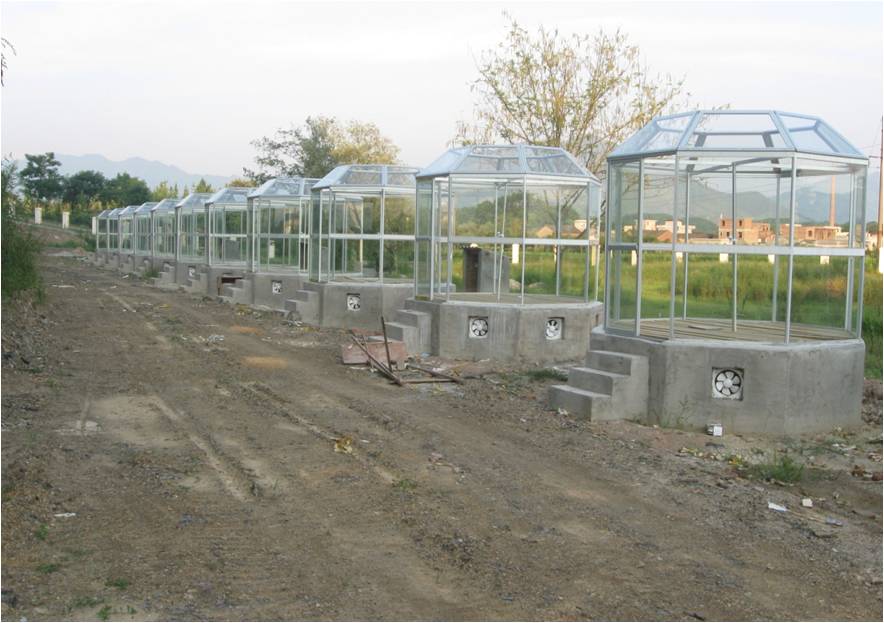
CO2 cabins with open top in the field
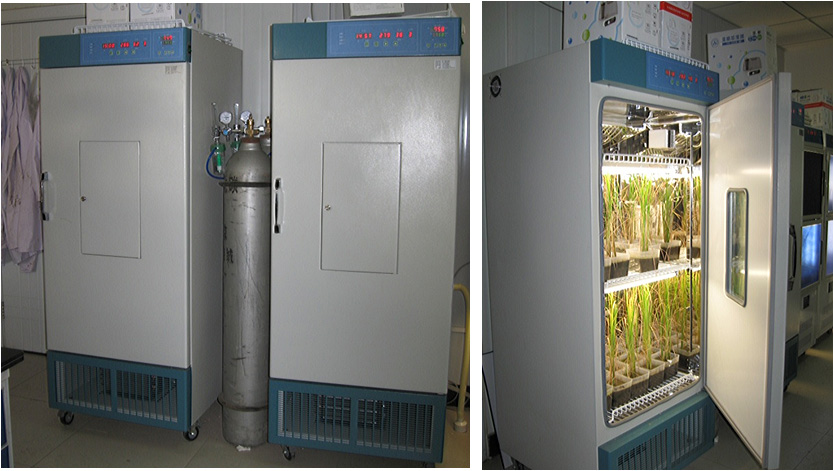
CO2 cabinet
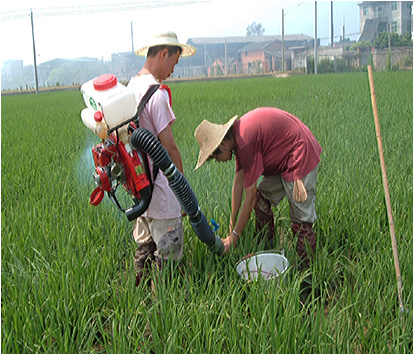
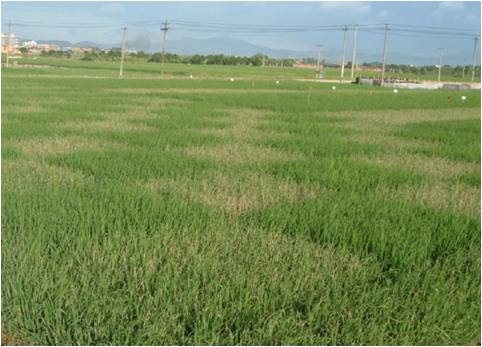
Field survey Experimental plots

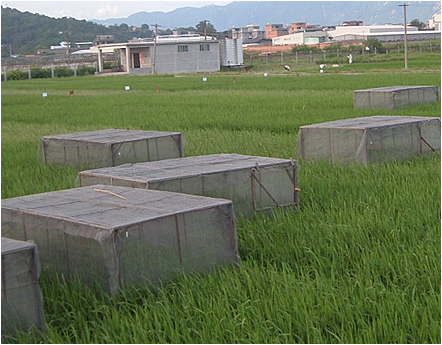
Damage in plots Coverage trial

Early detection of target insect pest
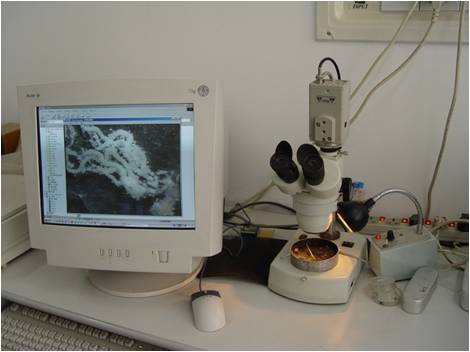
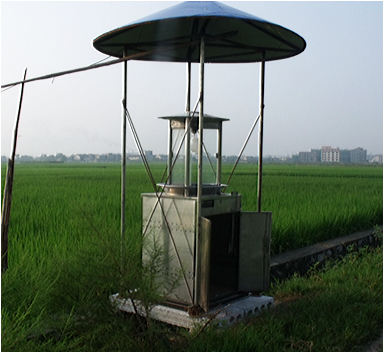
Dissection of rice stem borer egg Monitoring of rice leaf roller
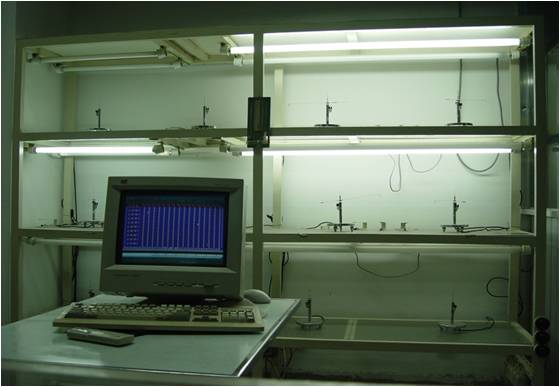
Flight capacity detection of rice leaf roller
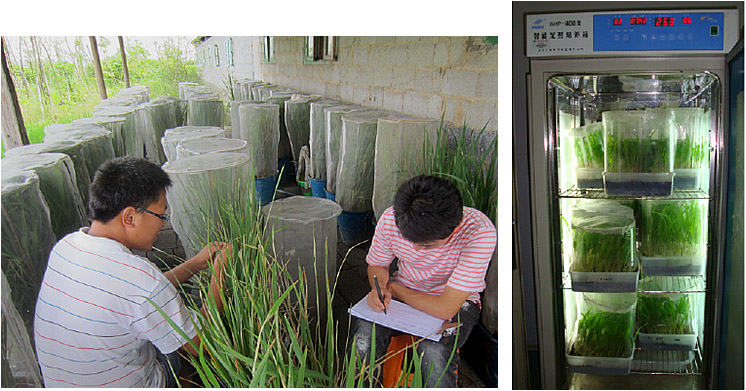
Feeding of rice leaf roller

Location of MMW radar